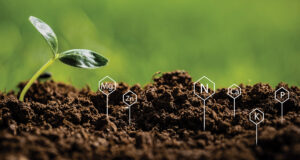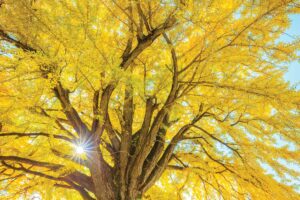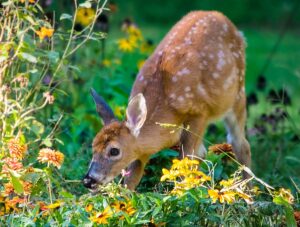Spring is a great time for planting new trees in the landscape. There is ample rainfall to support the newly planted specimens, and warming temperatures and mild weather motivate many of us to get out in the garden and plant. However, there are some commonly sold trees that fall onto my “do not plant” list.
Colorado blue spruce
Colorado blue spruce tops my list of trees not to plant. As its name implies, this tree is native to the Rocky Mountains of Colorado. It is adapted to the cool, dry climate of the Rockies and its sandy, well drained soils. In Illinois, humid climate and varying soil conditions limit this plant’s ability to thrive.
The beautiful, blue-green foliage of blue spruce is something to admire in any landscape and often looks wonderful at planting time and for some time thereafter. However, unless planted in near optimal conditions, the stresses of Illinois climate and soils add up to trouble. As these trees mature, they will likely suffer from a variety of common diseases that afflict the species.
While there are treatments available to slow the symptoms of these diseases, there really is no cure other than a change in climate and soil. Treatments are costly and often ineffective as a long-term solution, making this species a relatively short-lived landscape plant.
Callery pear
Callery pear is widely planted for its ornamental value, with more than 20 cultivars available. Most common is the Bradford variety, commonly known as the Bradford pear. It has ornamental appeal, with nearly a month or more of flower display in the spring, beautiful dark green foliage and a nice pyramidal habit.
A native of East Asia, Callery pear has relatively few disease or insect issues here in the U.S. However, it is highly susceptible to storm damage. Its compact and pyramidal habit can be attributed to a propensity for narrow branch angles and weak branch attachment. However, the fate for many of these trees is to “peel apart like a banana” in a wind or ice storm, leaving an irregular and unattractive canopy.
On a more serious note, this species has shown invasive characteristics over the past few decades. While most cultivars are sterile, cross pollination between the many commonly planted varieties has created fertile fruits. Birds can spread the fruits, and trees will pop up all over the place in open, sunny and unmown areas.
From fence rows to highway right of ways, to local natural areas, Callery pear is seen on drives around the Illinois countryside when it is in flower. It is one of the only species to have white, abundant flowers during its bloom time.
Callery pear has great ornamental value, like the blue spruce. However, vulnerability to storm damage can limit its longevity, and combined with the threat to natural areas, it poses as an invasive species. It’s a tree we all need to stop planting.
There is beauty to found in both, but these two species disappoint homeowners too many times to recommend planting either.










